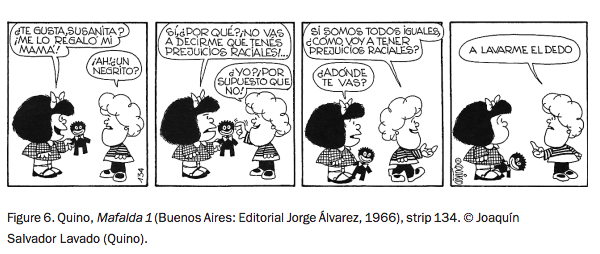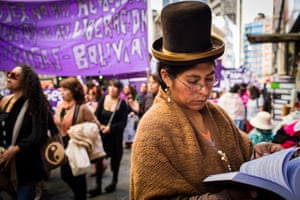Well, this was a strange term, to say the least! Although this course occurred during a less than ideal time in human existence, I would say that it was still really fun! Learning about Latin American history and popular culture in this class has truly helped calm some of that home sickness I feel for Argentina and my family that lives there. Also, this class has helped me further understand the beauty and complexity of not only my Latin American roots but all of ours!
For a group of countries with such complex issues, it’s cultures, religions, and communities add an incredible amount of value to this world. From everything from literature to food, the popular cultures that exist within each region of Latin America are each incredible in their own ways. Some of my favourite parts of this term were the units on Folk Tales and Legends, Drugs, Lucha Libre, and Comics! Thank you, Jon, for picking such interesting topics for this course and thanks everyone for contributing such cool ideas and personal experiences to the class!
Prior to entering this course, I knew that Latin American cultures, religions, and history were extremely rich, but I couldn’t have imagined how much more proud I would feel to have a Latina background than I do now. Maybe it’s because of the isolation from many of my friends and family, the state of our world, or simply a sign of my own personal development, but I have a strong desire to continue learning and improving my connections with Latin American culture.
I’m not only interested in embracing my Argentinian roots further, I feel an even stronger pull to live in, visit, and revisit, other countries within Latin America when the pandemic is over! At the top of my list are: Chile (the southern parts of the country that eventually reach Tierra del Fuego but also most of it!), Dominican Republic (most of it!), Puerto Rico (most of it!), Cuba (i’ve been once with my family but i’d like to go again), Honduras (it seems amazing from what I hear!), Colombia (it also sounds amazing from what I hear!), Mexico (Oaxaca and Mexico City in particular), and Brazil (I want to hangout with my friends who are from there and see where they take me!) – and there are still so many more places I want to visit!!
Discussion question: If you have any reccomendations for me please write them down below – i’m making a spreadsheet! Haha 🙂



